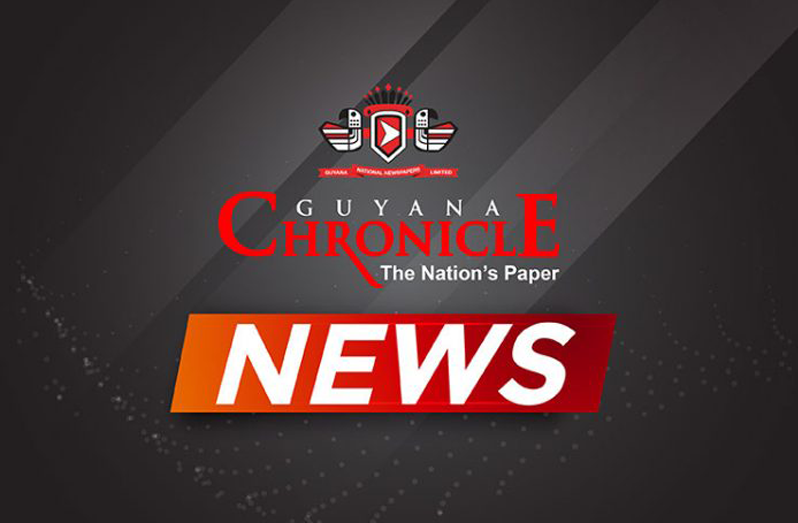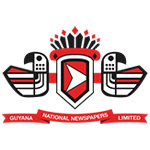Functional illiteracy is a term used to describe reading and writing skills that are inadequate to cope with the demands of everyday life; and in Guyana and the wider Caribbean, this is the all too familiar a reality of many young people in our societies.
International studies over the years show that the problem of illiteracy is lessening, but this masks a greater problem – that of functional illiteracy. These types of individuals may have some reading and writing skills, but are not able to apply them as functioning members of society.
Many parents and students blame the educational system for this failure while educators blame the students themselves. Nonetheless, researchers note that a major contributing factor to this problem is that children are watching too much television and not reading enough.
In Guyana, over the past few years, the focus of the educational radar is on low-performing schools in the areas of Literacy and Numeracy; the motive is to improve their results at the Caribbean Secondary Education Certificate (CSEC) examination and National Grade Six Assessment (NGSA).
Since 2008, the National Fast Track Literacy Programme has as its goal the improvement of local literacy standards and targeting low performers, out-of-school youths and young illiterate adults; however, a lot more still needs to be done to address the issue of functional illiteracy in our society.
In schools, teachers have to demonstrate more accountability for their stewardship and to move children along the literacy range.
Over the years, the Ministry of Education administered numerous regional and national workshops to train and equip literacy educators to advance its literacy programmes and realise the Government’s objectives in this area.
Over the past two years, there is the expectation that teachers at every grade in primary school would provide remedial lessons (one extra hour per week) to work with children who experience difficulties meeting the required literacy standards.
Former Professor of Education at the University of Guyana and present Professor with the University of the West Indies, Mona Campus, Dr. Zellynne Jennings-Craig, in a series of papers published in The International Journal of Lifelong Education in 1999-2000, suggested that a more realistic figure for Guyana’s adult literacy rate is in the 70s, and not 97.5% that the international bodies constantly present.
International databases report high rates of adult literacy for Caribbean countries which create the impression that these countries do not have a literacy problem. This impression has become indelible today, notwithstanding the fact that local and regional research points to serious weaknesses in the literacy skills of nationals at all levels, including university students.
Jennings’ paper describes the methodology of the test used for measuring levels (high, moderate, low) of achievement in functional literacy of out-of-school youth in three domains (document, prose, quantitative) where literacy and numeracy functions are typically prevalent in the society.
Jennings’ subjects are out- of-school youth in Guyana, aged 14-25, and the main findings of the study were: that only 11% of the out-of-school youth achieved at a high level of functional literacy; that females tend to achieve at a higher level of functional literacy than males; and that there were significant differences in the achievement of the out-of-school youth from the different ethnic groups.
Jennings also referred to the difficulty of attracting funding for literacy programmes from international aid agencies, given the inflated adult literacy rate which international statistics constantly report.
However, the Ministry of Education is doing its utmost to reverse this cycle; and under its Fast Track Literacy Programme, low-performing primary and secondary schools in all ten regions are subject to close monitoring and these schools receive the necessary support to reverse their performance.
Nevertheless, at the primary level, examination results in literacy and numeracy are not flattering. For these reasons, significant efforts focus on getting the best out of students through numerous interventions, including a one-hour after-school ‘critical areas’ programme.
The Ministry also has in place a six-year secondary school programme for low- performing students with heavy emphasis on literacy and numeracy in the first year; and in order to sustain high standards, an evaluation of teachers’ performance is on the cards this year.
The Literacy Programme covers all education districts and is managed by a National Literacy Coordinator, with support from fifteen regional literacy coordinators and educators. To date, some 345 persons successfully completed training in the Literacy Educator Basic Course, and currently 325 are employed at one of the 219 centres across the country.
In addition to this, sixteen non-governmental organisations (NGOs) are actively involved in the training, provision of materials and running of programmes for literacy educators.



.jpg)









